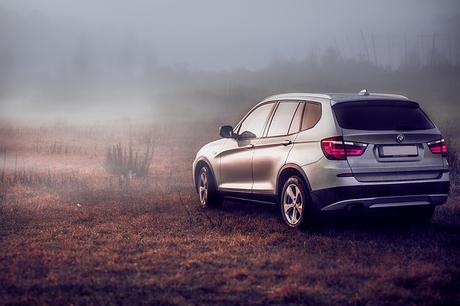SUVs’ growing demand was the second most significant reason for the increase in CO2 emissions from 2010 to 2018 globally, an analysis has found.
The global market share of SUVs doubled from 17% to 39% in that period. It caused an increase in annual emissions of 700 megatonnes of CO2 and more, which was more than the total emissions of the UK and the Netherlands combined annually.

SUVs became ahead of heavy industry (including iron, steel, cement, and aluminum), aviation, and shipping that caused a more considerable increase in carbon emissions other than the power sector.
Laura Cozzi, the chief energy modeller of the International Energy Agency, which produced the report, said, “We were quite surprised by this result ourselves.”
The improved efficiency in smaller cars, as well as electric vehicles’ carbon savings, have been offset by the recent dramatic shift towards heavier SUVs.
With the growing global fleet of SUVs, emissions from vehicles in eight years have increased four times and more. If SUV drivers were a nation, for carbon emissions, they would hold the seventh position in the world.
Florent Grelier from the campaign group Transport & Environment said, “An SUV is bigger, it’s heavier, the aerodynamics are poor, so as a result you get more CO2.”
The trend towards SUVs, the vehicles that include heavier automatic and dual-clutch gearboxes, and also other equipment like cameras and sensors, could have caused the average mass of new cars rise to 10% between 2000 and 2016, T&E figures show.
Grelier said, “The problem is much bigger than we expected.”
In recent years the China-US trade war and sluggish performance of the Chinese economy have stalled the global car market, which helped the SUV segment to make a record sale of 35m vehicles in 2018.
According to the IEA figures, the share of SUVs increased steadily across major markets worldwide, from Europe and the US to China and India.
Cozzi said this was another surprise: “We thought this was a trend that was more concentrated in a few countries … but it’s becoming universal.”
Today in the US, almost one out of every two passenger cars sold is an SUV.
The “SUV” covers a range of cars from crossovers to off-road vehicles as per the IEA’s definition. In the UK, Nissan Qashqai, Hyundai Tucson, and Land Rover Range Rover are popular SUV models. These vehicles gained popularity since the 1980s and are often marketed as a status symbol.
The carbon produced from fuel combustion is only considered in the emissions analysis, excluding any emissions fixed to the manufacturing of the cars, while larger models result in more emissions.
However, cities are increasingly protesting against SUVs. Following a recent incident where a driver hit and killed four pedestrians, there were protests in Berlin that demanded a ban on the vehicles, while at a Frankfurt motor show, activists protested against the impact of the vehicles on the climate. Although SUVs are often marketed as safer, still they are more likely to kill pedestrians in crashes, and those driving them are 11% more likely to die in an accident compared to people in regular cars.
As per Cozzi, the difficult market situation made carmakers inclined towards the most profitable models in their ranges, and several factors like perceptions of heightened safety or increased social status along with manufacturers’ changing offerings could play a role in driving the demand for bigger cars.
“There is a really big need for car manufacturers to find the margins wherever it is possible, and the SUV segment seems to be one of those places,” she said.
In the UK, the transport sector overtook energy generation and became the number one source of greenhouse gas emissions in 2016. Today there are about 5 million licensed SUVs as per the Guardian analysis of Department for Transport statistics.
From 2040, the UK government has pledged to ban the sale of new petrol and diesel cars, although hybrid models would be exempt under the plan. However, the ban should be brought forward to 2035, including hybrid vehicles, according to the Committee on Climate Change, the government’s independent adviser.
A recent report from Transport & Environment suggests the electric vehicles that made up only 2% of new cars sold last year could reach 10% by 2021 across the EU. The EU emissions targets will also put much stricter limits on the average emissions of newly registered cars of each manufacturer phased in from next year.
The quick decarbonization of the transport sector, particularly in big cities, will also require a reduced number of passenger cars on the road, as per the experts.
“We need to keep less and less space for cars so that it’s more convenient for people to use other means of transportation, whether it’s walking, cycling or public transport,” Grelier said.

